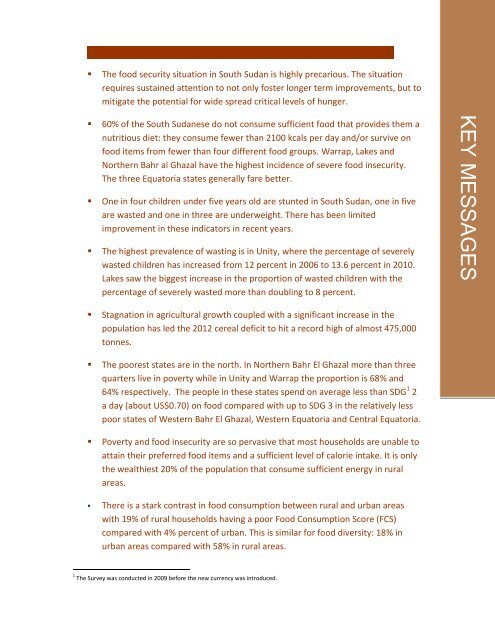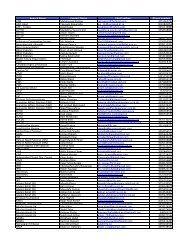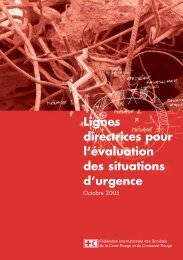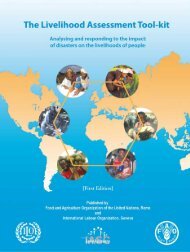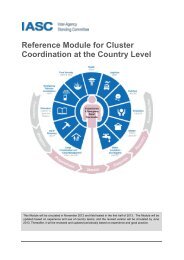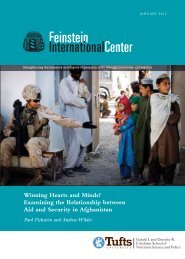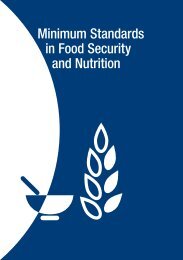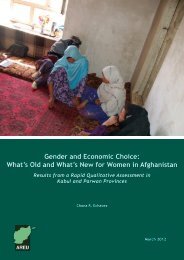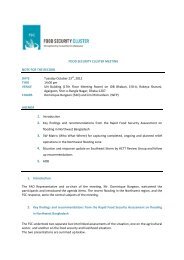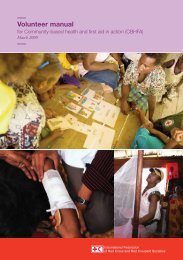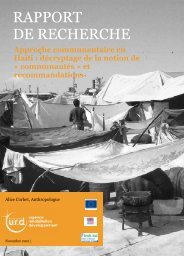4.15 MB - Food Security Clusters
4.15 MB - Food Security Clusters
4.15 MB - Food Security Clusters
- No tags were found...
You also want an ePaper? Increase the reach of your titles
YUMPU automatically turns print PDFs into web optimized ePapers that Google loves.
KEY MESSAGES• The food security situation in South Sudan is highly precarious. The situationrequires sustained attention to not only foster longer term improvements, but tomitigate the potential for wide spread critical levels of hunger.• 60% of the South Sudanese do not consume sufficient food that provides them anutritious diet: they consume fewer than 2100 kcals per day and/or survive onfood items from fewer than four different food groups. Warrap, Lakes andNorthern Bahr al Ghazal have the highest incidence of severe food insecurity.The three Equatoria states generally fare better.• One in four children under five years old are stunted in South Sudan, one in fiveare wasted and one in three are underweight. There has been limitedimprovement in these indicators in recent years.• The highest prevalence of wasting is in Unity, where the percentage of severelywasted children has increased from 12 percent in 2006 to 13.6 percent in 2010.Lakes saw the biggest increase in the proportion of wasted children with thepercentage of severely wasted more than doubling to 8 percent.• Stagnation in agricultural growth coupled with a significant increase in thepopulation has led the 2012 cereal deficit to hit a record high of almost 475,000tonnes.• The poorest states are in the north. In Northern Bahr El Ghazal more than threequarters live in poverty while in Unity and Warrap the proportion is 68% and64% respectively. The people in these states spend on average less than SDG 1 2a day (about US$0.70) on food compared with up to SDG 3 in the relatively lesspoor states of Western Bahr El Ghazal, Western Equatoria and Central Equatoria.• Poverty and food insecurity are so pervasive that most households are unable toattain their preferred food items and a sufficient level of calorie intake. It is onlythe wealthiest 20% of the population that consume sufficient energy in ruralareas.• There is a stark contrast in food consumption between rural and urban areaswith 19% of rural households having a poor <strong>Food</strong> Consumption Score (FCS)compared with 4% percent of urban. This is similar for food diversity: 18% inurban areas compared with 58% in rural areas.1 The Survey was conducted in 2009 before the new currency was introduced.


